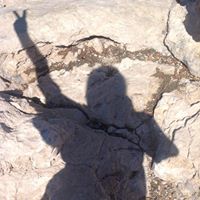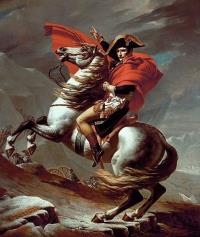When did Fridtjof Nansen begin his expedition across Greenland?
Fridtjof Nansen (born October 10, 1861 - died May 13, 1930) was a Norwegian explorer, oceanographer, statesman, and humanitarian who led a number of expeditions to the Arctic (1888, 1893, 1895–96) and oceanographic expeditions in the North Atlantic (1900, 1910–14). For his relief work after World War I he was awarded the Nobel Prize for Peace (1922).
As a young man Nansen was a great outdoor athlete, an accomplished skater and skier, and a keen hunter and fisherman. In 1882, when he joined the sealing ship Viking for a voyage to the Greenland waters, Nansen first saw at a distance Greenland’s mighty ice cap. It occurred to him that it ought to be possible to cross it, and gradually he developed a plan, which he announced in 1887. Instead of starting from the inhabited west coast, he would start from the east coast and, by cutting off his means of retreat, would force himself to go forward. The expedition of six from Norway started the crossing on August 15, 1888. After enduring storms and intense cold, they reached the highest point of the journey (8,920 feet [2,719 metres]) on September 5 and struck the west coast at Ameralik fjord on September 26. They were forced to winter at the settlement of Godthåb (Nuuk), where Nansen took the opportunity to study the Eskimos and gather material for his book Eskimoliv (1891; Eskimo Life). The party returned home in triumph in May 1889.
More Info:
www.britannica.com








